Jadeite Manufacturing and Trading Hubs in Guangdong, China
August 14, 2014
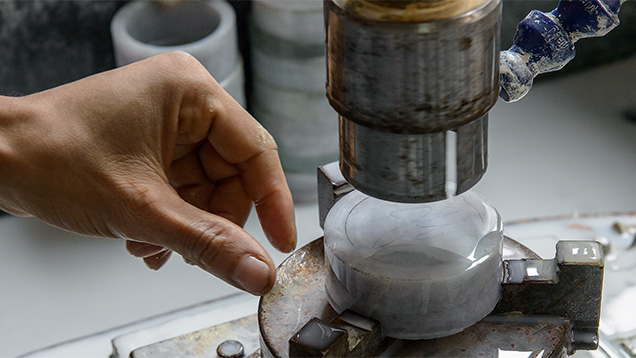
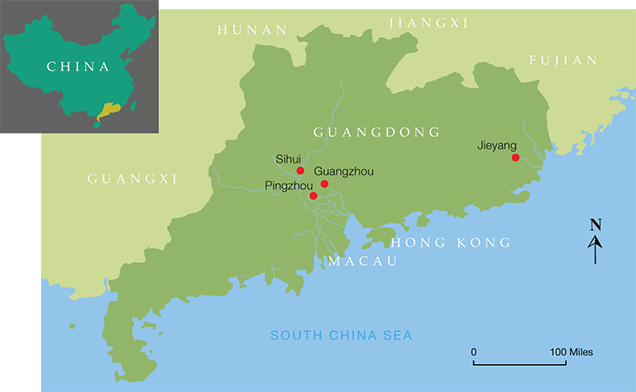
Guangzhou, Jieyang, Sihui, and Pingzhou are the four jadeite manufacturing and trading centers in Guangdong Province, China.
Guangzhou and Jieyang
Guangzhou has been the hub of the jadeite trade since the 1660s. By about the 1880s, the industry’s division of labor was already well established in this major port city, with specific groups of people trading rough, cutting, and selling the finished products.Yangmei, a village located in the city of Jieyang, boasts the titles of “Jade Capital of China” and “Jade Capital of Asia.” Yangmei specializes in the manufacturing and trading of medium- to high-quality jadeite products, 90% of which come from here.
Sihui
Sihui is world famous for jadeite manufacturing and trading. More than 200,000 people are involved in the industry in this city alone. During our visit to Sihui, we observed shops as well as carving and jewelry manufacturers. We also interviewed Tang Xiaodong, secretary-general of the Sihui Jade Trade Association.China’s jadeite industry developed during the Qing Dynasty, under the reign of Empress Dowager Cixi (1861–1908). During that time, a jadeite carving center was developed in Guangzhou, with many of the artisans coming from Sihui. After economic reforms were implemented in the 1980s, many artisans returned to Sihui and started jadeite carving cooperatives, passing the trade down to future generations and enabling it to flourish locally. The industry in Sihui developed rapidly after 2005 and has now reached sales of more than 100 billion yuan each year.
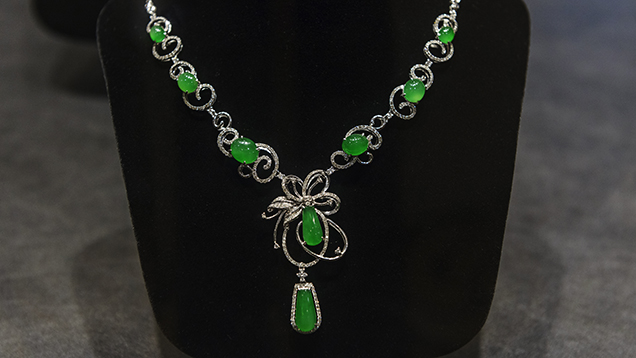
Some of the high-end stores in Sihui offer fine-quality imperial green jadeite jewelry. – Photo by Eric Welch, courtesy Hanwuyuting
Sihui Jadeite Industry
Pingzhou
In Pingzhou, the modern jadeite industry began in the 1980s and has matured rapidly since 2000. As with Sihui, its growth accelerated after 2005, particularly in the last few years. Where there were 1,000 stores a decade ago, there are now more than 3,000. There are about 100 manufacturing businesses on Pingzhou’s Jade Street, and merchants from Jieyang and Sihui have also established a presence there. One very large jadeite trading center in Pingzhou is called Cui Bao Yuan (“a garden full of precious jadeite”). The buildings were designed to combine trading with tourism. A merchant from Yunnan built it to resemble the ancient city of Dali. This market features a garden built specially to display the work of the great carving artisans.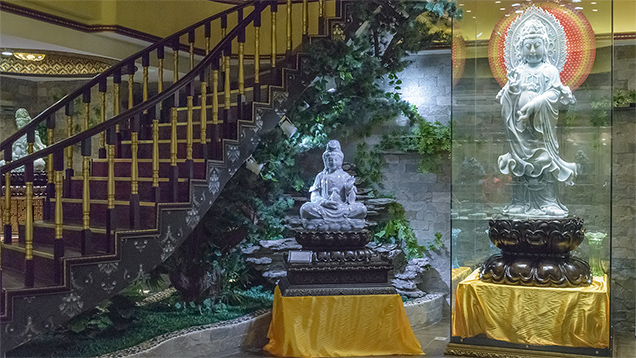
There are thousands of jadeite shops in Pingzhou. Some have beautiful interiors to match the jadeite masterpieces in their window displays. – Photo by Eric Welch, courtesy Mazu Jade Co.
The Pingzhou Gemstone & Jade Association was founded in 2001. The association protects the interests of its members and regulates the industry. The association established a Myanmar jadeite bidding fair in 2003 to provide an open public platform for Chinese and Burmese traders.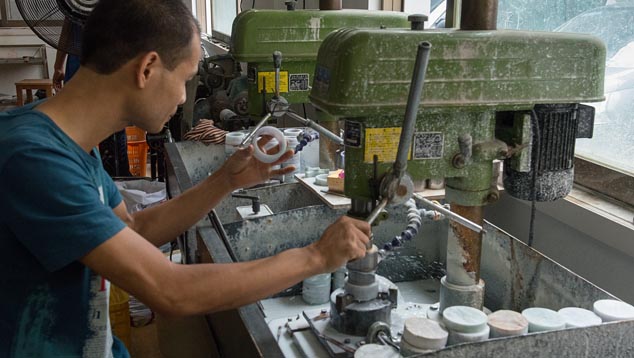
Pingzhou is an important center for jadeite bangle bracelets. Disks are cut from flat jadeite slabs using a drill press and a circular saw bit. – Photo by Eric Welch
Jadeite Bangle Factory
Visit to a Jadeite Bangle Factory in Pingzhou
Pingzhou is well known as a producing and trading center for jadeite bangles. During our stay, we visited a factory devoted to bangle bracelet production. In the past eight years, the factory has grown from an area of ten square meters to more than 2,000 square meters. There we witnessed the entire manufacturing process.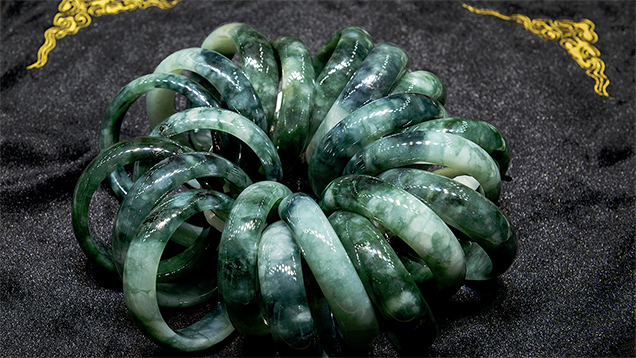
In Pingzhou, jadeite bangles can be found in a wide variety of styles, including ones with color zoning. – Photo by Eric Welch, courtesy Mazu Jade Co.
First, flat slabs are cut from jadeite boulders. Outlines for various bracelet sizes are drawn onto the jadeite slabs. A drilling machine cuts the initial round shapes. Once the jadeite disks are formed, smaller circular saw bits are used to cut the bangles’ inside diameters. Factory workers use saw bits in various sizes to create inside dimensions for different wrist sizes.At this point, a variety of bangle bracelet styles can be created from the initial forms, including rounded tops and engraving. A bangle might be recut thinner to remove fractures, which can diminish the value. Once the shape and style of the bangle is complete, it is polished.
Pingzhou Bangle Bracelet Manufacturing
Pingzhou Jadeite
Jadeite Evaluation
During an interview in Pingzhou, Mr. Liang Huanglin, president of the Pingzhou Jewelry and Jade Association, described the association and the industry it serves. He also discussed the evaluation of jadeite products and the importance of Guangshen jade objects. “Guangshen” refers to jadeite that has not been carved but has a smooth, high-luster surface. Pingzhou is famous for the quality of its Guangshen bangles and other objects.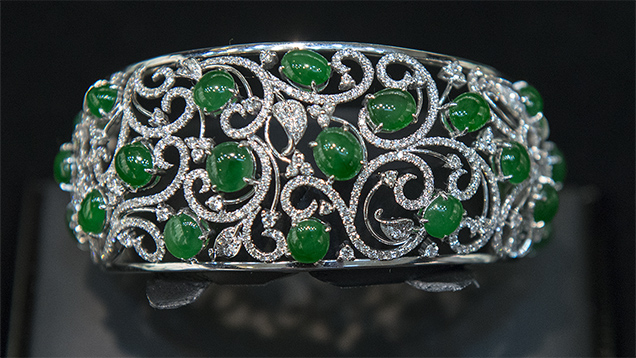
Jadeite occupies a unique gemstone market that has its own evaluation considerations. – Photo by Eric Welch, courtesy Yu Tian Shan Fang
Mr. Liang began his description of the evaluation process and quality factors by talking about a jade quality characteristic that might be difficult for Westerners to understand. It’s called “Zhong,” and it refers to the completeness of metamorphism a piece of jadeite experienced. Jadeite that experienced more complete metamorphism tends to be of higher quality. “Shuitou” refers to transparency, which can range between “shuiduan” and “shuichang” (higher transparency).Texture is another quality factor: The finer the texture, the higher the quality. Fine-textured jadeite generally takes on a better polish, which gives it higher luster.
According to Mr. Liang, the most precious jadeite color is green, followed by purple, colorless, yellow, and red. Transparency and color can affect each other directly when it comes to jadeite value. This is especially true for colorless jadeite, which has become very popular, especially with women in their twenties and thirties. Colorless, near-transparent jadeite cost only 30,000 yuan per kilo in 1991, when Mr. Huanglin first entered the industry. It reached its peak value in 2010, at 10 million yuan per kilo. Color zoning can also greatly affect jadeite value, depending on the pattern and the colors.
On the Outside Looking In
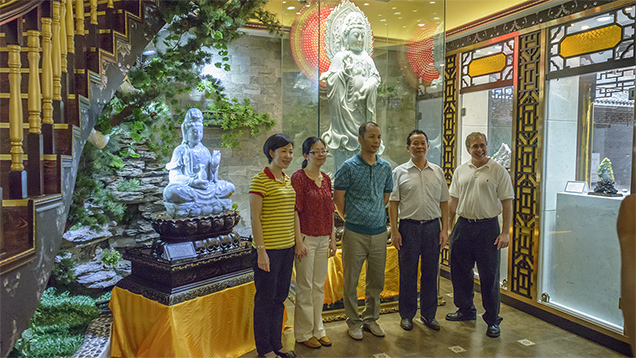
Jade experts in China’s Guangdong Province were extremely welcoming to the GIA team and generously shared their knowledge of this fascinating industry. – Photo by Eric Welch
While often hidden to the West, China’s jade market is a thriving one. It sometimes has dramatic ups and downs, but it has risen continually over the long term. It has its own language, evaluation criteria, complexities, and expertise. This industry is really its own niche market, separate from the colored gemstone market and focused on the Chinese people, who share a special cultural bond with jadeite that’s unequaled by any other gem.
About the Authors
Dr. Tao Hsu is a technical editor of Gems & Gemology. Mr. Andrew Lucas is manager of field gemology for education at GIA Carlsbad.
Acknowledgments
The authors gratefully acknowledge the assistance provided by Ms. Shumin Cao and Mr. Qinghong Guo from Guangdong Gemstones & Precious Metals Testing Center for introducing us to local industry leaders and providing us with ground transportation while we were visiting Sihui and Pingzhou. We would also like to thank Mazu Jade, Yutian Shanfang, Hanwuyuting for providing us with the materials needed for this article. Special thanks go to Miss Kiki Ho from Guangzhou Jewelry Chamber of Commerce, who acted as our interpreter in Guangzhou.



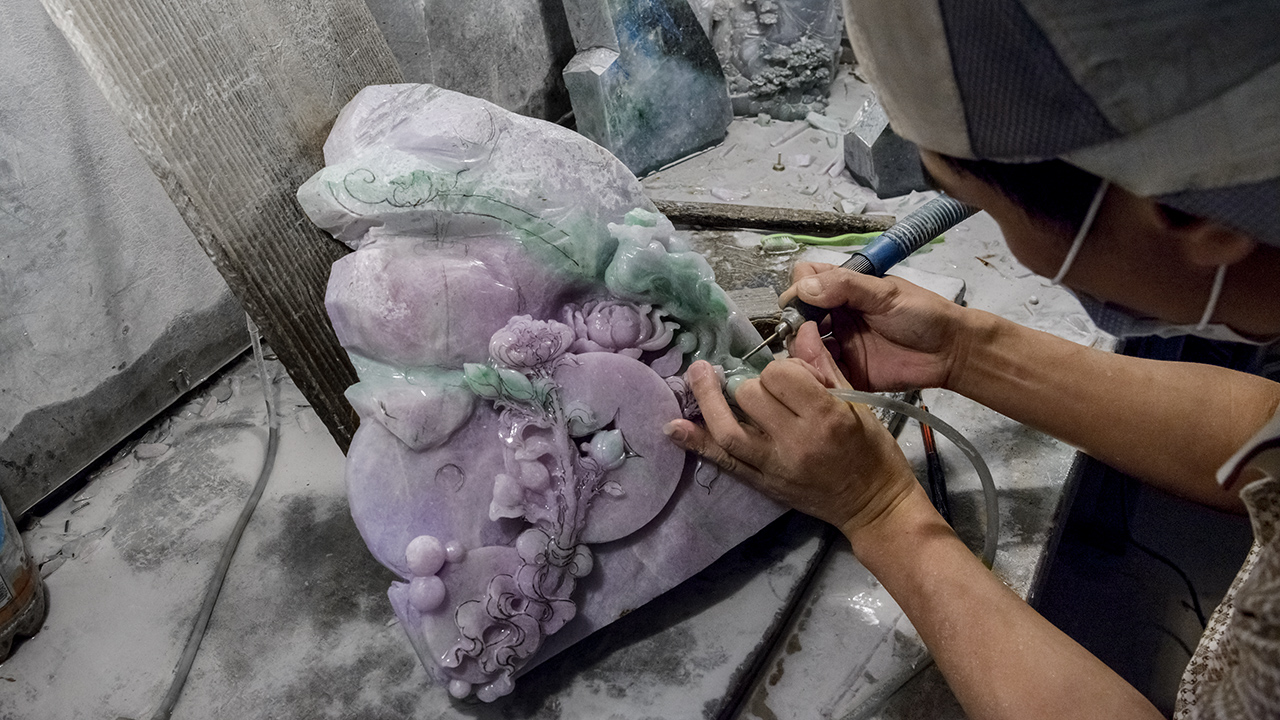
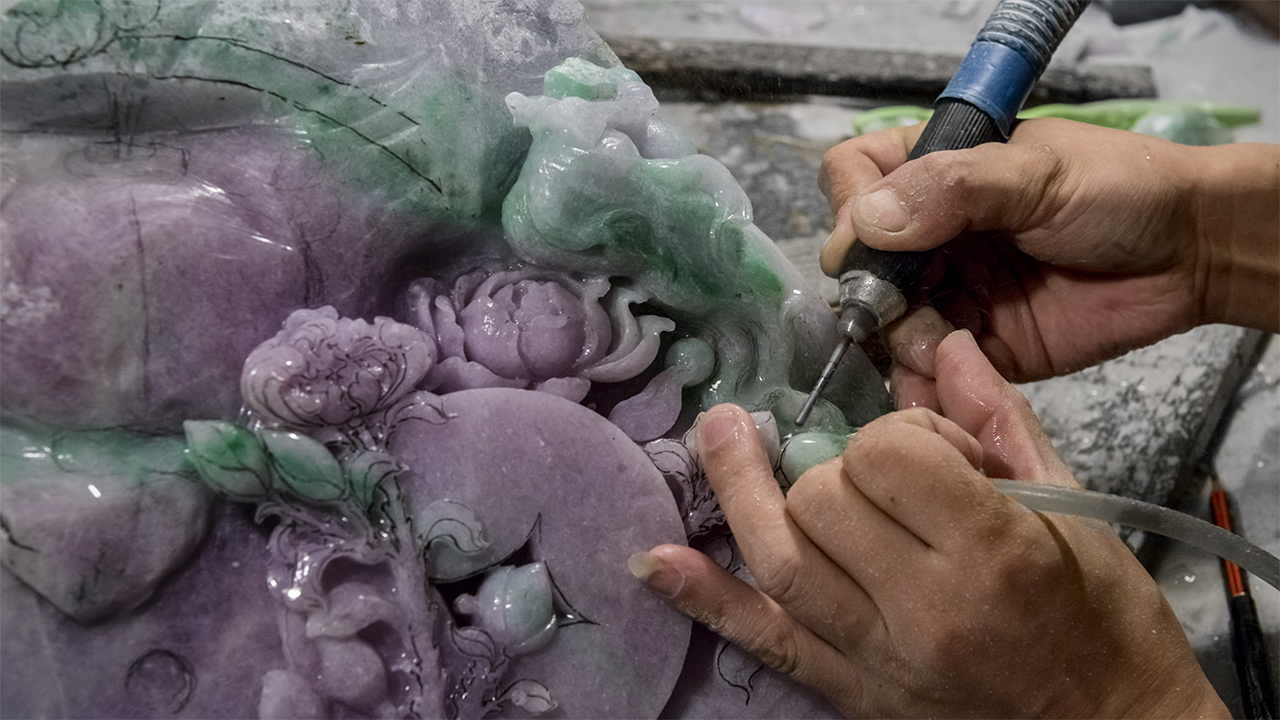
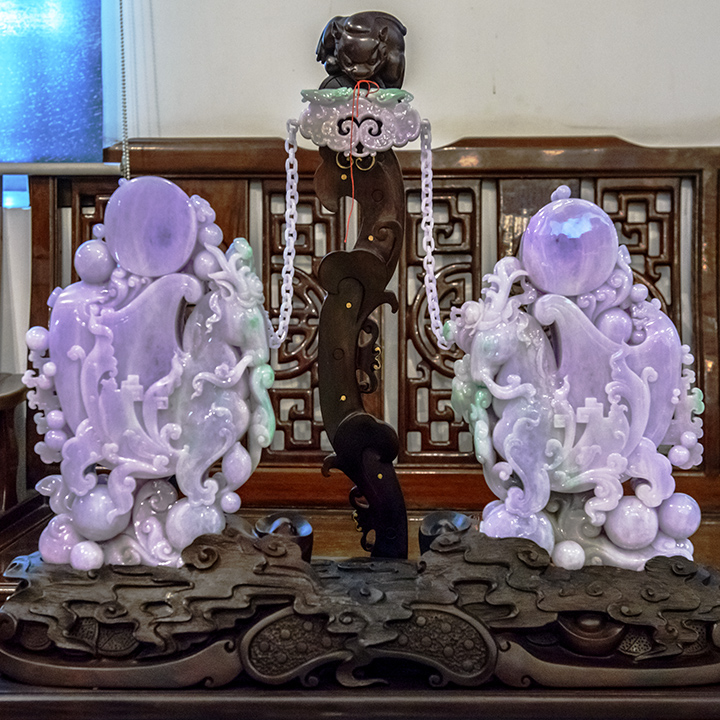
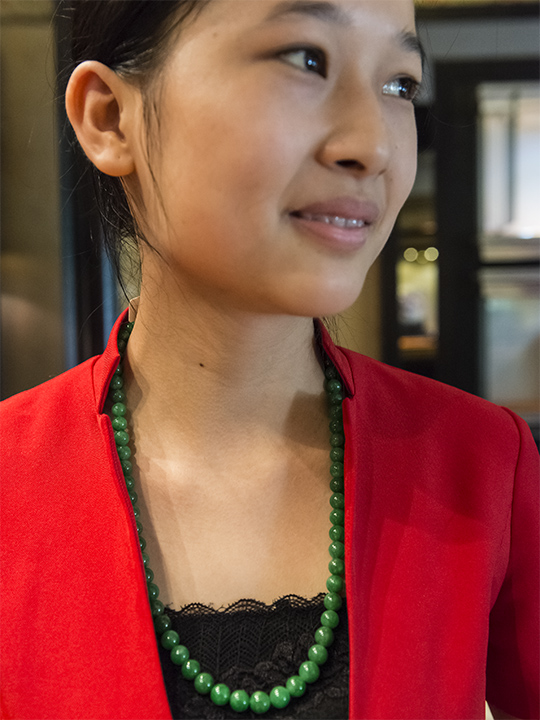



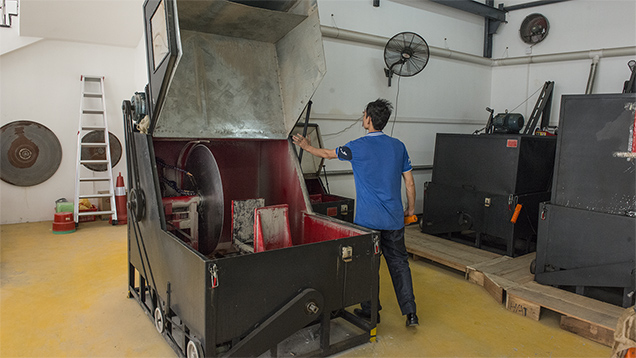
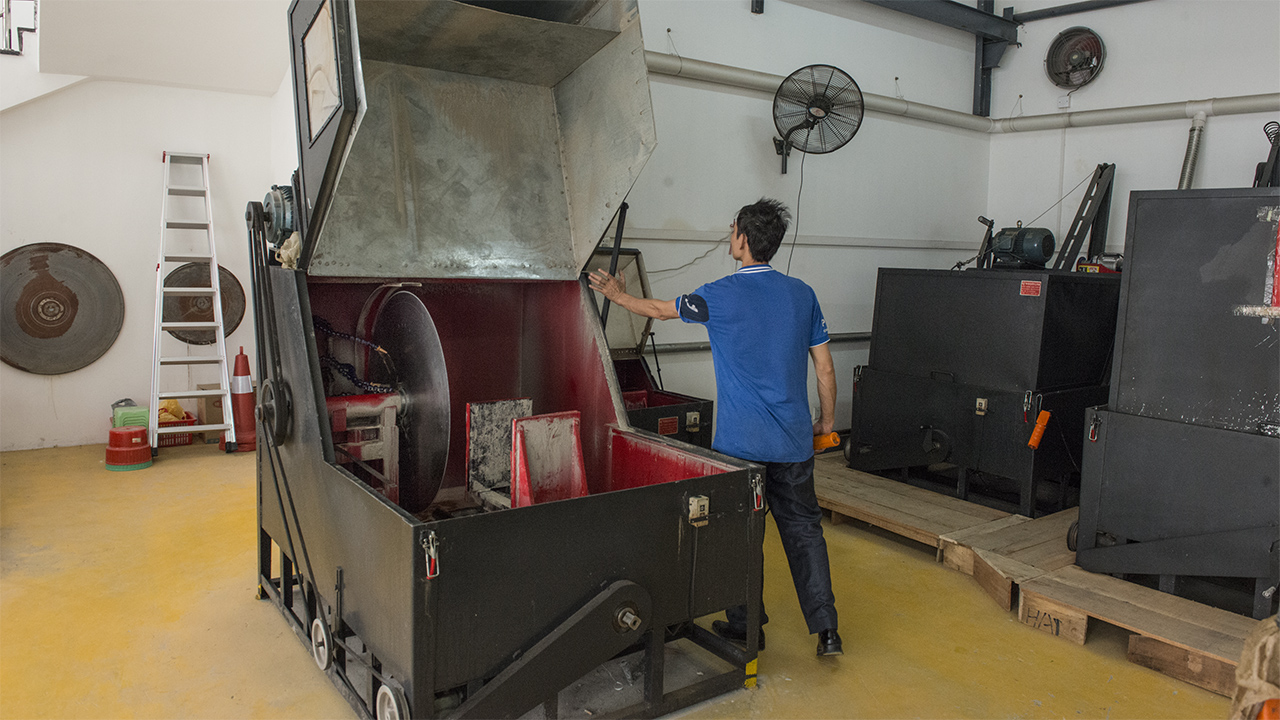


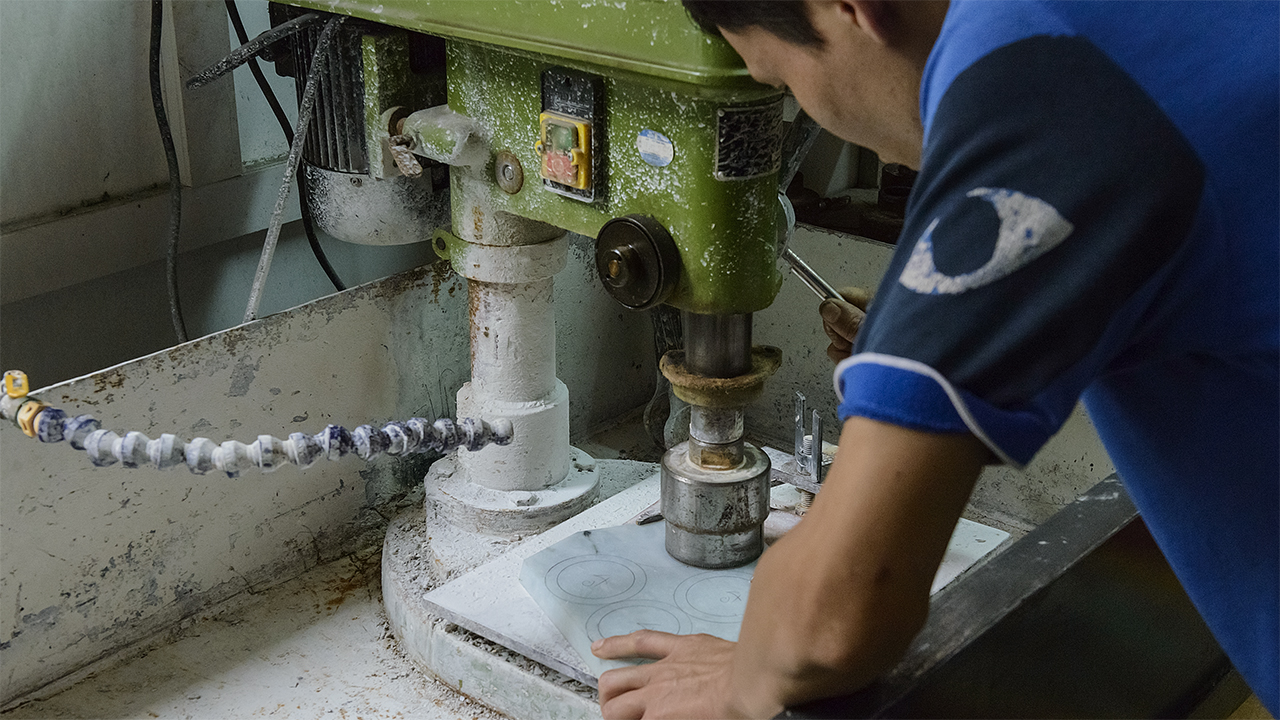
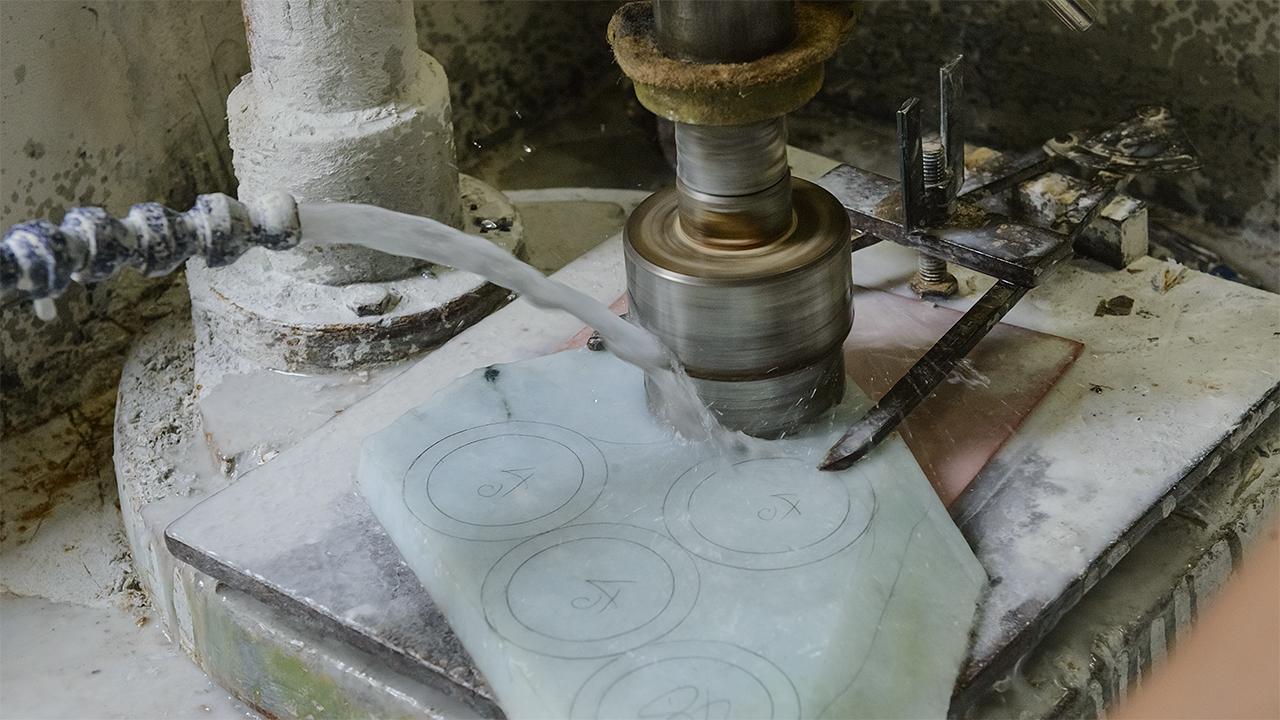



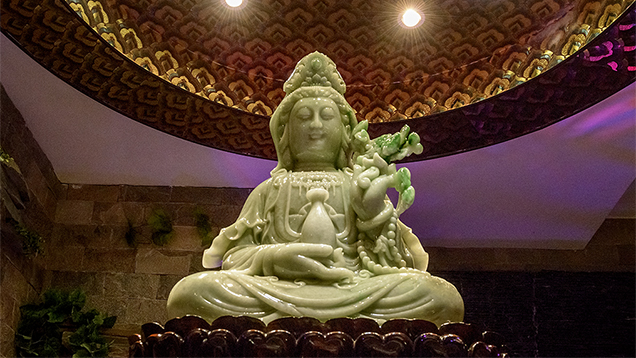

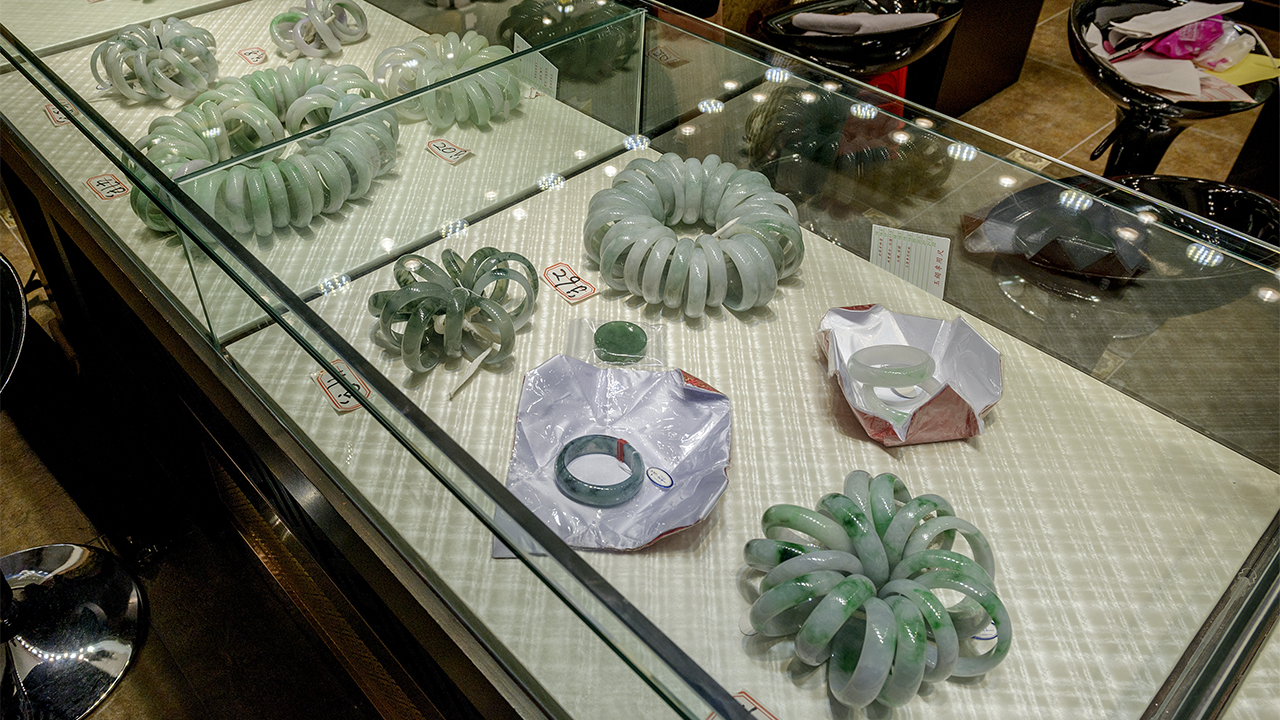
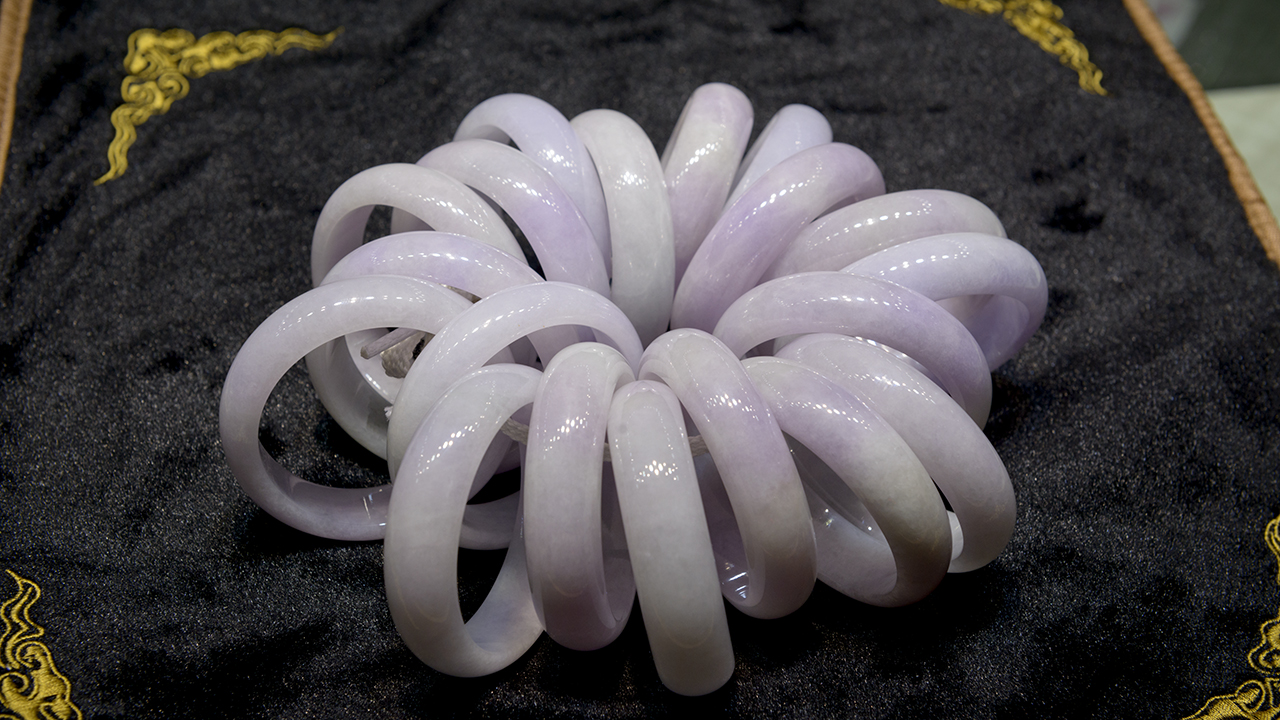

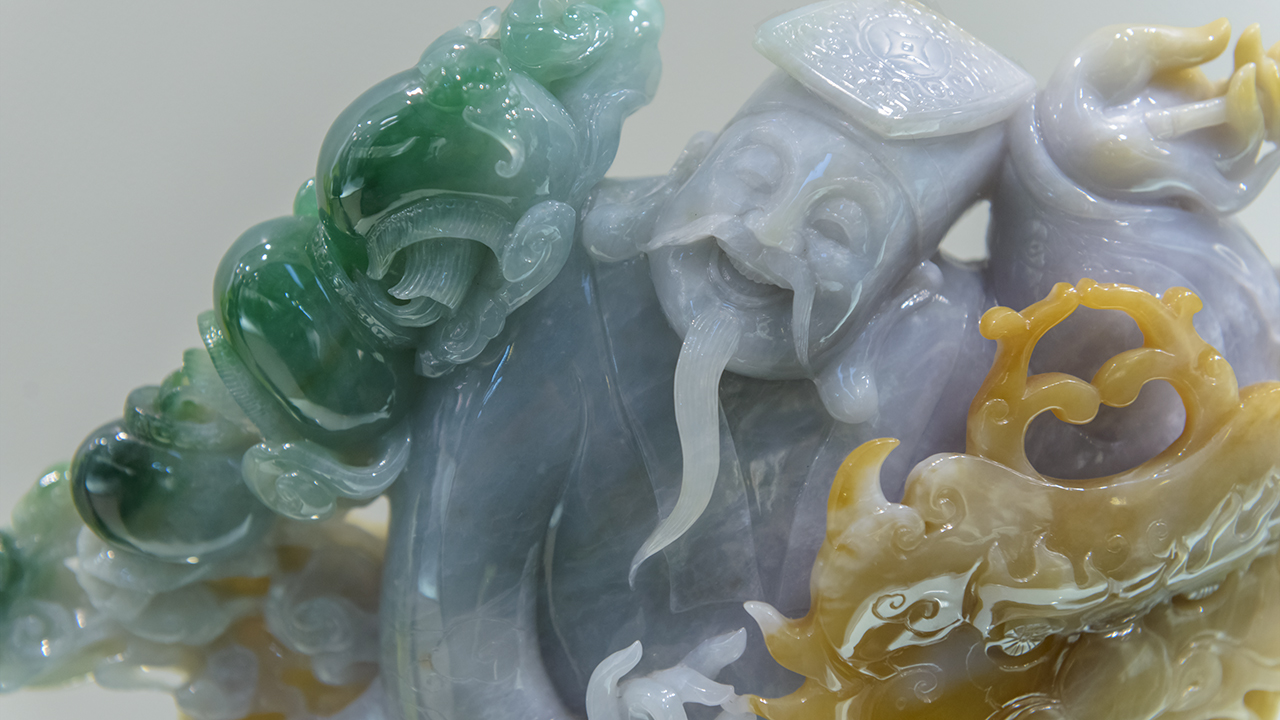

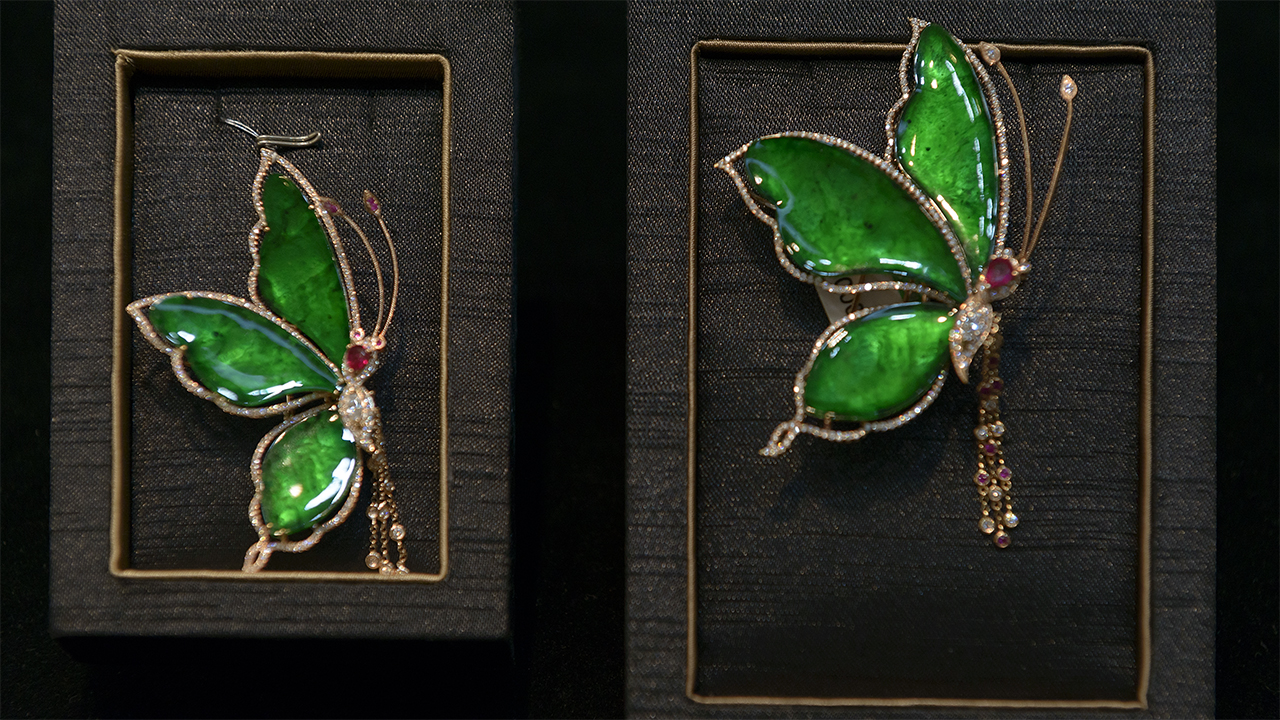
.jpg)


